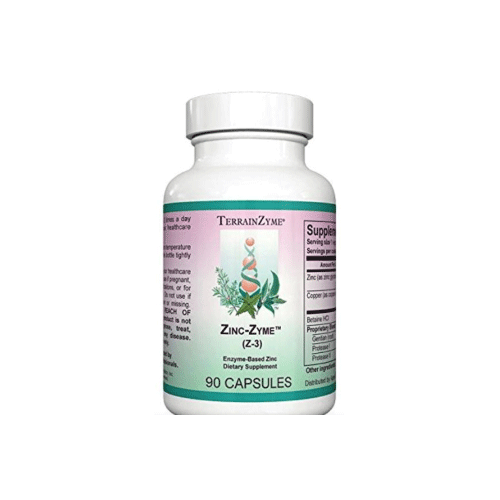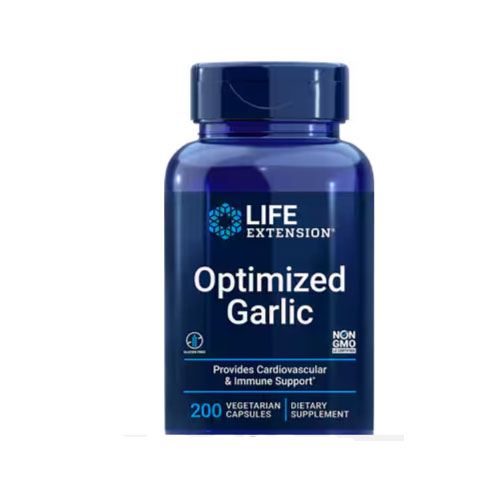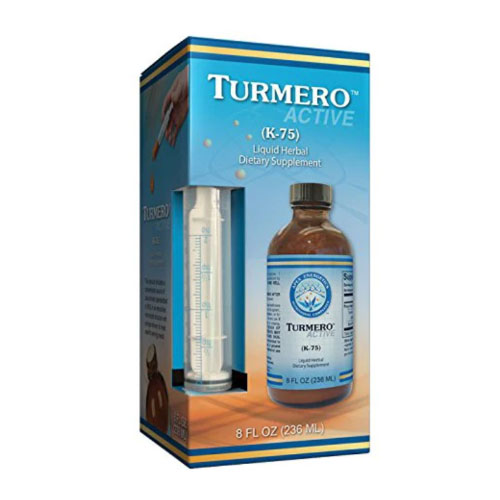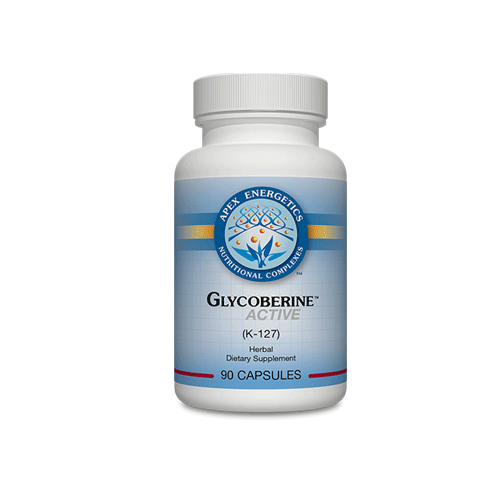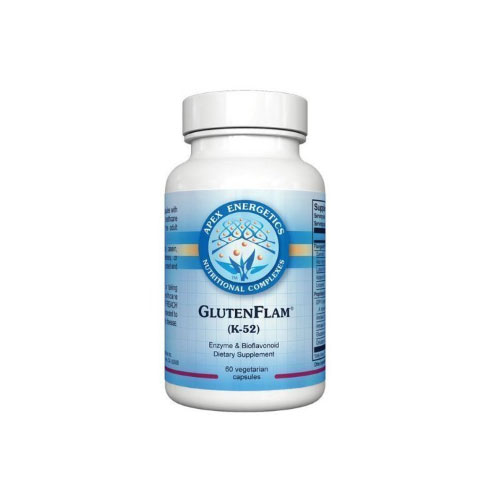
Aside from pill form, Vitamin D is present in many healthy foods. This essential vitamin is critical not only to healthy bones, but also our moods.
“I didn’t sign up for this,” 6-feet, 3-inch, 295-pound Teddy said, peering through the slats of my office window. Outside, it was a typical cold, wet, dreary day in Northeast Pennsylvania.
“You did sign up for this,” I said. “Do you think it’s a coincidence you live in what was the Coal Capital of the World for more than a hundred years?”
“You gotta help me Doc,” Teddy said. “The sun don’t come out but two, three days a month till April. I’ll need my crying pills by then. Heyna or no?”
Allow me to translate for the nonnative Wilkes Barre, Pa., readers amongst us:
I didn’t sign up for this: it’s not fair. My brother in law plays golf in Florida while I stay home cleaning and stoking the coal stove all winter.
Two, tree: two or three.
Heyna or no: has several meanings. This translation is an affirmation. You agree with me, heyna (yes) or no?
Crying pills: anti-anxiety or antidepressants prescribed in an attempt to fool the brain into thinking it’s not so bad living in the frigid, desolate, Siberian-type wasteland Northeast Pennsylvania becomes in January.
Coal Capital of the World: one of a precious few sources of pride among the locals from time immortal. In 1808, during a raid on Judge Jesse Fell’s Tavern in Wilkes Barre, the local good old boys lit on fire, then threw their farrow cards onto the dirt floor basement.
Unknown to all, the underground was a rich coal vein. It caught fire, warming, then burning down the whole building. King Coal was born.
“I can’t go to Florida, and I can’t wait till April for the sun to come out again,” Teddy said. “Why am I this way every winter?”
“It’s a type of depression,” I said. “Seasonal affective disorder, or S.A.D.”
“I’m sad all right,” Teddy said. “And grumpy, moody, and I lie around the house not doing nothing.”
I patted his already enormous belly.
“You eat well,” I said.
Teddy followed my pat with one of his own.
“Gotta sock in storage for the winter, Doc,” he said. “I feel hungover for most days.”
“You need to cut out the beer,” I said. “It’s liquid bread.”
“Doc,” he said batting his eyelids. “Doc, doc, doc. Moi? Beer?”
“Not on my watch,” I said.
“You gotta save me.”
“All right, all right,” I said. “But you’ve got to listen to me this time. Not like when you had your diabetic crisis or your thyroid meltdown.
“I’m all ears,” Doc.”
Seven ways to combat S.A.D.
“First,” I said. “You need light. Since there’s basically none in NEPA for 3-4 months, you need a light box; 60-80% of the time, that’s all you need to do the trick. Do it nearly every day.”
“When?”
“In the morning for at least 15 to 30 minutes. And don’t be a dummy and look directly in the light. You’ll be more irritable, and tired or the opposite, and you won’t sleep.”
“Too much light gives me a headache,” Teddy said.
“Use sunglasses.”
“So. that’s all I need,” Teddy said. “A light box?”
“Vitamin D,” I said. “That comes from sunlight. Without it, you’re a depressed bear; 5,000 IU at bedtime should do the trick.”
“Next, Cognitive Behavior Therapy, or talking it out like we are,” I said. “Actually works better in the long run.”
“Flapping my jowls is better than sitting in front of a light?” Teddy asked.
“Yes,” I replied, “Because I can guide you and teach you how to cope. No light box can do that.”
According to a 2017 article, “7 Seasonal Affective Disorder Natural Treatments,” 27.3 percent of the talkers had their depression come back the next winter versus 45.6 percent of those who had received light therapy did.
“Melatonin originates in the posterior part of the brain. It balances sleep and wake cycles and mood,” I said, offering another solution. “Daylight inhibits melatonin production while darkness promotes the synthesis of melatonin to a level to induce sleep. Seasonal changes disrupt melatonin levels skewing its balance creating insomnia and moodiness.
“Administering 3-30 mg per of melatonin each night supports a healthy sleep/wake cycle.“
“St. John’s Wort is next,” I said. “It balances mood while supporting mental and emotional health. Dosage is 300 to 400 mg, 1-3 times a day.”
“Tyrosine is the backbone of the thyroid hormones,” I continued. “It reverses the physical and mental consequences of stress by promoting the pleasure-inducing chemical cousin of the most powerful natural anti-inflammatory the body makes, beta-endorphin, ‘enkephalins.’”
“Give me one more, Doc,” Teddy said.
“That’s not enough? ” I asked. “Ok. Here, goes. Try 5-HTP. Depressive symptoms are triggered when serotonin levels in the brain are low; 5-HTP converts to serotonin.”
It is so effective that it has repeatedly matched or outperformed many of the most established antidepressant drugs, including Prozac, without negative side effects so often associated with these drugs, according to a 2002 book from Julia Ross called “The Mood Cure.”
To recap
“So, Teddy,” I said, “Go out and play this winter. You’ll feel better. Get yourself a:
- Light Box: 20 minutes/day.
- Vitamin D: 5,000 IU at bedtime.
- Cognitive Behavior Therapy: I’m here for you, Teddy.
- Melatonin: 3-30 mg 2 hours before bedtime.
- John’s Wort: 300-400 mg. Start with one at bedtime. Up to 3 a day.
- Tyrosine: 2-20 mg.
- 5 HTTP: 50-100 mg 1-3 times a day.
“All of them?” he asked.
“No,” I replied. “Start low, go slow. Begin with light, then go down the list in order. Most people won’t need more than light, Vitamin D and one or two sessions of Cognitive Therapy.”
With 33 years of medical experience, Reno physician William Clearfield, D.O., of the Clearfield Medical Clinic provides patients with treatment plans that boost their overall quality of life.

